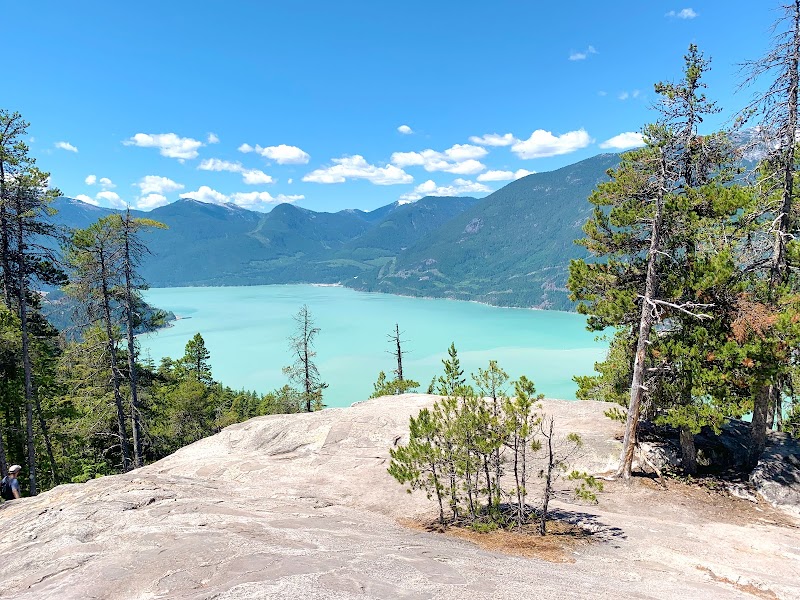Essential Gear and Accessories for a Successful Boat-Based Photo Shoot
Boat-based photo shoots challenge photographers to balance technical readiness with the fluid, dynamic nature of water. Capturing stunning images from a vessel near Vancouver’s rich waterways means blending practical gear preparation with an eye for light and movement. Dive into expert tips to ensure your next shoot sails smoothly and creatively.
Secure All Equipment with Floating Straps
Never underestimate the water’s pull. Floating straps keep your camera or lenses from sinking if dropped, saving costly gear in tricky conditions.
Use Waterproof Dry Bags
Protect your camera and accessories from spray and splashes with dry bags. Choose bags with easy access to keep shooting uninterrupted.
Plan Shoots Around Golden Hours
Early mornings and late afternoons offer the best light and calmer waters, crucial for sharp, well-lit photos without harsh reflections.
Prioritize Compact, Stabilized Gear
Bulky tripods are impractical on boats. Use monopods or secure your camera to the vessel’s structure to maintain stability during movement.
Essential Gear and Accessories for a Successful Boat-Based Photo Shoot

Filming and Photo Shoots
Experienced with Commercials, Reality TV, and Film Shoots
Discover a one-of-a-kind filming and photo shoot experience aboard The Blue Moon Dolphin Cruise in Marina Del Rey. Capture stunning coastal vistas and marina sights from a private boat tailored to your creative needs. Keep reading to learn more about this memorable adventure!
Setting up for a boat-based photo shoot demands precision and preparation. The water doesn't wait, currents push, and light shifts rapidly, testing your readiness. Gear must be waterproof or quick-drying, compact yet capable, and arranged for swift access. Start with a reliable camera body paired with weather-sealed lenses; prime or zoom options with image stabilization allow adaptation while on the move. Invest in sturdy, floating straps—gear slipping into the lake or sea is a costly setback.
A protective dry bag is your best ally, keeping equipment safe from rogue waves or unexpected spray. Balance your pack to stay nimble on deck, favoring hands-free bags or modular pouches secured to your life vest or boat rails. Think layered clothing for temperature changes—water often chills faster than it appears.
Lighting accessories should be minimal; small reflectors or portable LED panels work best. Avoid cumbersome tripods; instead, use compact monopods with anti-slip feet or harness your boat’s structure for stability. Polarizing filters are essential here, cutting glare and enriching colors, capturing the interaction of sky and water with vivid clarity.
Don’t forget essential safety gear intertwined with your photo kit: a reliable personal flotation device, waterproof communication device, and a whistle. Keep hydration within reach—water bottles clipped to your belt or inside accessible pouches prevent dehydration during long shoots under the sun.
Plan your shot list but leave room for improvisation. The water body breathes and moves around you, revealing angles and moods in real time. Early mornings and late afternoons offer gentler light and calmer water, ideal for serene reflections and soft highlights. Be mindful of the weather's temperament—strong winds or sudden storms necessitate swift protective measures for you and your gear.
Above all, respect the boat's movement, the water's push and pull, and the unpredictable dance of natural light. A successful shoot combines readiness with flexibility and a rooted appreciation of the environment’s force, making each frame a deliberate capture in a living setting.
Nearby Trips
All Adventures
Boat Charters
Water Activities
Adventures near Vancouver
Discover the unique and memorable adventures that make Vancouver special.
Frequently Asked Questions
How do you keep camera gear safe on a moving boat?
Use floating straps and waterproof dry bags to secure and protect gear from water and accidental drops. Fasten gear to stable parts of the boat and avoid placing equipment on unstable surfaces.
What is the best time of day for boat-based photography near Vancouver?
Early mornings and late afternoons offer the softest light and calmer water, perfect for capturing reflective surfaces and vibrant skies.
Are special permits required for boat photography in this area?
Most public waterways near Vancouver allow photography without special permits, but check local regulations for protected areas and commercial shoots.
What wildlife might I encounter during a boat-based shoot here?
Expect to see eagles, herons, otters, seals, and a variety of seabirds. Each interacts uniquely with water and sky, offering diverse subject matter.
How can I stabilize my shots with wave movement?
Opt for a monopod with a stable base or use the boat’s rails for support. Use lenses with image stabilization and shoot with higher shutter speeds to reduce blur.
What environmental precautions should I take when shooting on water?
Avoid disturbing wildlife, don’t pollute waterways, and follow local guidelines to minimize your ecological footprint. Always secure your waste and be mindful of fragile aquatic habitats.
Recommended Gear
Weather-Sealed Camera Body
Protects sensitive electronic components from water and moisture splash during boat motion.
Floating Camera Straps
Prevents expensive gear loss if it slips overboard, keeping your equipment buoyant.
Compact Monopod
Offers stable support on unstable boat surfaces without the bulk of a tripod.
Portable Dry Bag
Keeps camera accessories and personal items dry despite waves, spray, or rain.
Local Insights
Hidden Gems
- "Snug Cove’s quiet coves offer less traveled vantage points framed by rocky shorelines."
- "The eastern shores present lesser-known tidal pools ideal for macro water photography."
Wildlife
- "Harbour seals basking on floating logs."
- "Bald eagles soaring and fishing near shallow inlets."
History
"The waterways near Vancouver have been vital for Indigenous communities for millennia, serving as routes for travel, fishing, and trade with deep cultural resonance still honored today."

